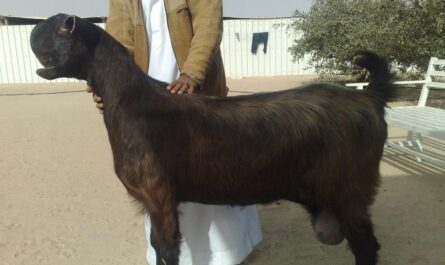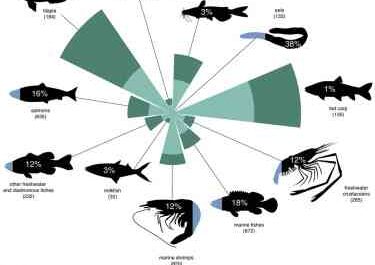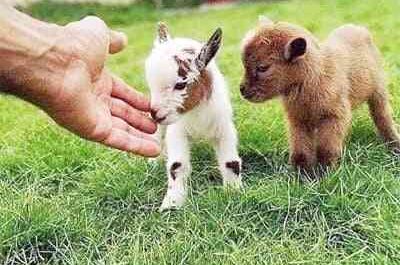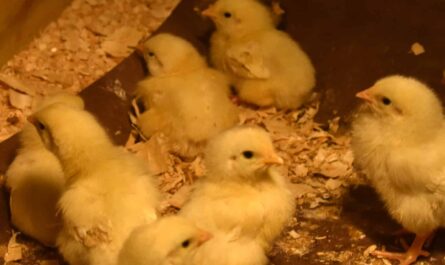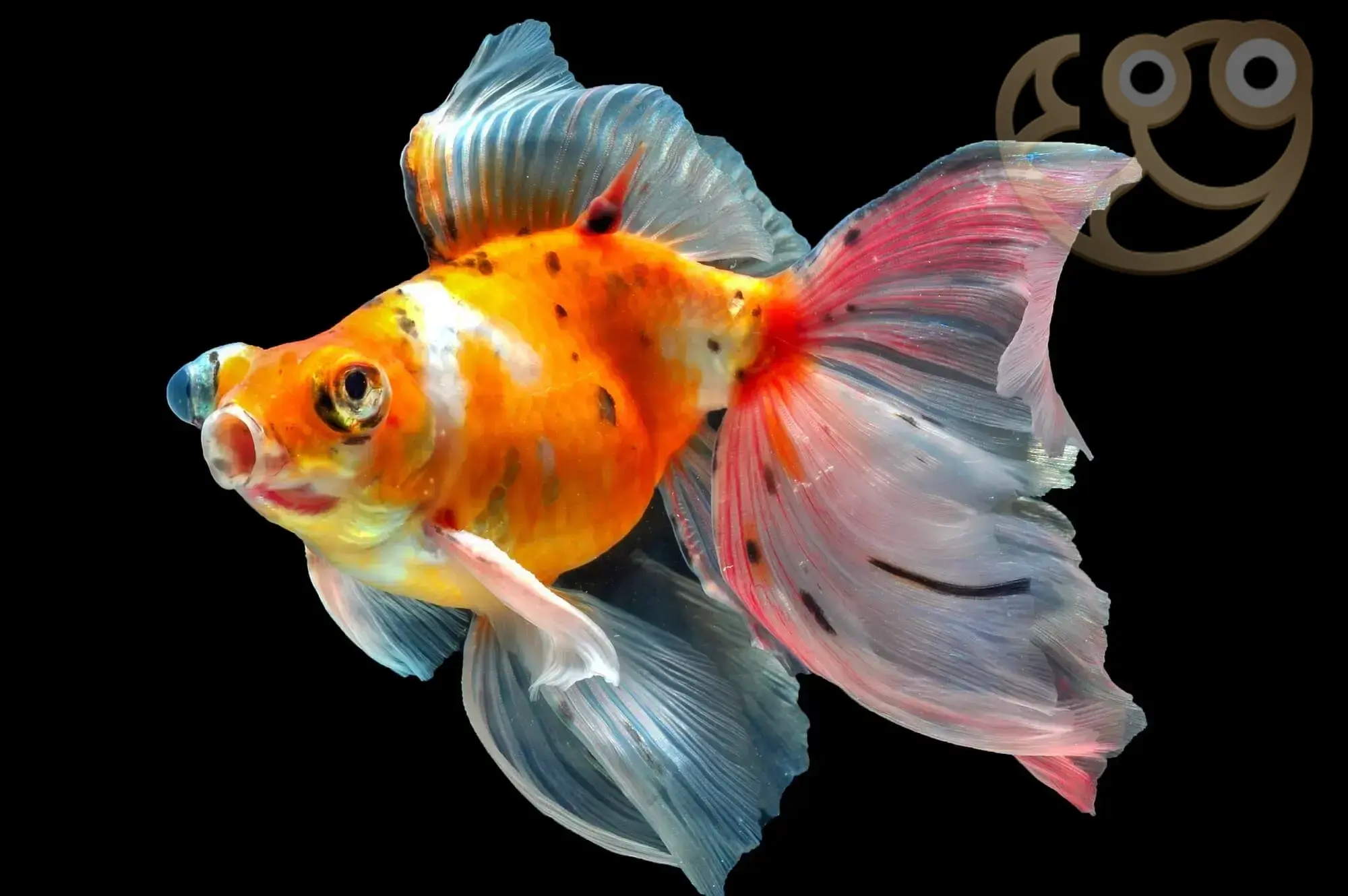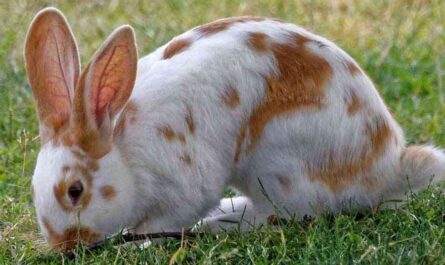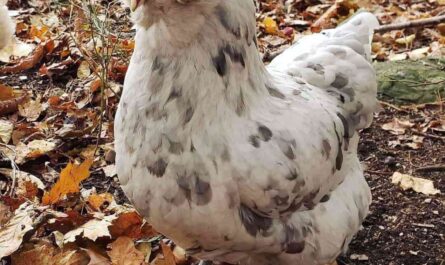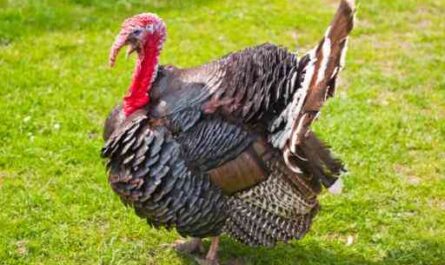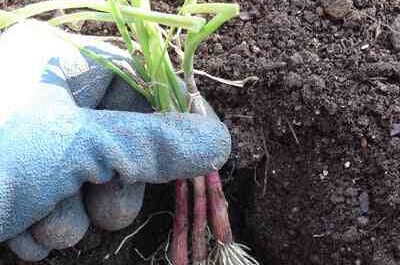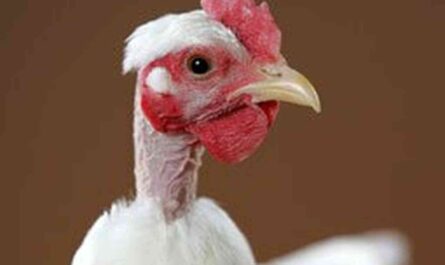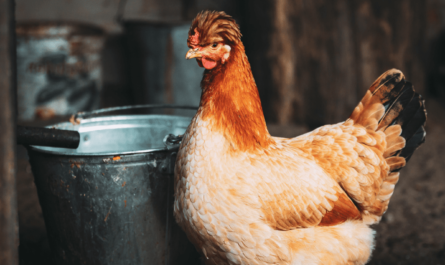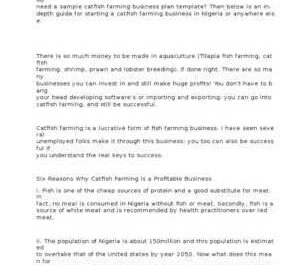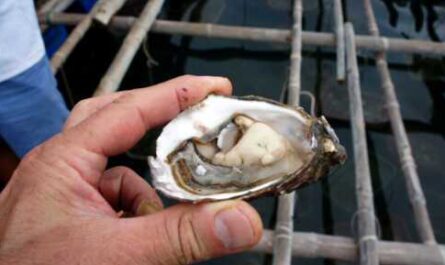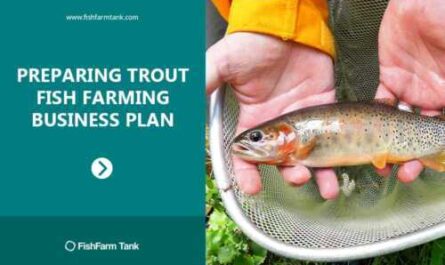Oranda goldfish is a very beautiful breed of goldfish, which is characterized by a convex bubble “hood” on its head.
The hood or stature of this fish is also known as Ven or Crown. It may be a prominent growth on the top of the head (cranial region) or may cover the entire head except for the eyes and mouth.
Oranda goldfish was first imported from China to Japan. It was mistakenly thought to originate from the Netherlands, so it was nicknamed “Holland Lionmask”, from which its English name “Oranda” is derived. In fact, it was developed in the late 1500s.
Currently, the Oranda goldfish is one of the most popular goldfish in the world.
And it’s very common in America and the Far East. However, read below for more information on this variety of goldfish.
Characteristics of oranda goldfish
The Oranda goldfish is one of the most beautiful varieties of goldfish. He is known for his hood, which is a fleshy growth on top of his head (called a wen).
And the wen usually begins to appear around 3-4 months, but really begins to form around 1-2 years. And the hood is fully formed when the fish is 2-2.5 years old.
The scales of the Oranda goldfish are metallic or dull, similar in appearance to the scales of the Veiltail goldfish.
These goldfish generally have a wide, long and deep body, accompanied by a long quadruple tail.
This four-lobed, compressed tail usually extends when the oranda stops swimming. The back does not rise, forming a Ryukin hump.
The Oranda goldfish comes in a variety of colors. Their most common colors are calico, red and white, chocolate, bronze, white, black and white, silver, blue, black, red and black, red and white and orange.
The adult Oranda goldfish can reach 8 to 12 inches in length. Photos and information from Wikipedia.
Diet
The Oranda goldfish is omnivorous, like many other goldfish varieties. They feed mainly on plants, small crustaceans, insects and detritus.
reproduction
Oranda goldfish are difficult to keep, like most other breeds of fancy goldfish. They generally need a period of cooler weather to breed, followed by warmer temperatures and a large tank space.
Females can lay up to 1,000 eggs per clutch. And they can breed like crazy in a pond.
Advantages
The Oranda goldfish is a species of ornamental fish. They are grown mainly for ornamental purposes, but also as pets.
Special Notes
Oranda goldfish are sensitive to low water temperatures and can be kept with other goldfish species.
Typically, they can withstand temperatures of 17-28°C. If the wen gets too large, it can impair vision.
Therefore, it is recommended to keep them with other varieties of goldfish with the same poor eyesight.
This will ensure that they don’t starve due to cutting edge competition. Their wen is also prone to injury from rough objects placed in their home.
Many varieties of Oranda goldfish are currently available.
Common varieties Azuma Nishiki, Little Red Riding Hood Oranda, Oranda Eyepiece Telescope, Hana Foussa Where Oranda White Pompom, Nagate Oranda and oranda panda.
The average life expectancy of these fish is 15 years. However, check out the complete Oranda goldfish breed profile in the table below.
video
| Last name | Oranda goldfish |
| Other names | everything |
| Purpose of the breed | ornament, pet |
| Special Notes | Very beautiful, sensitive to low water temperatures, can be kept with other varieties of goldfish, tolerates temperatures of 17-28°C, can interfere with vision if the wen grows too much, many varieties available, duration of average life up to 15 years, grown for ornamental purposes, can breed like crazy in a pond, common varieties are Azuma Nishiki, Red-capped Oranda, Telescopic-eyed Oranda, Hana Fusa or White-pomponed Oranda, Nagate Oranda and Panda Oranda. |
| Cut | 8 to 12 inches |
| Breeding method | artificial and natural |
| climatic tolerance | Virtually all climates |
| skin color | The most common colors are calico, red and white, chocolate, bronze, white, black and white, silver, blue, black, red and black, red and white and orange. |
| scarcity | general |
| Availablity | in the world |
